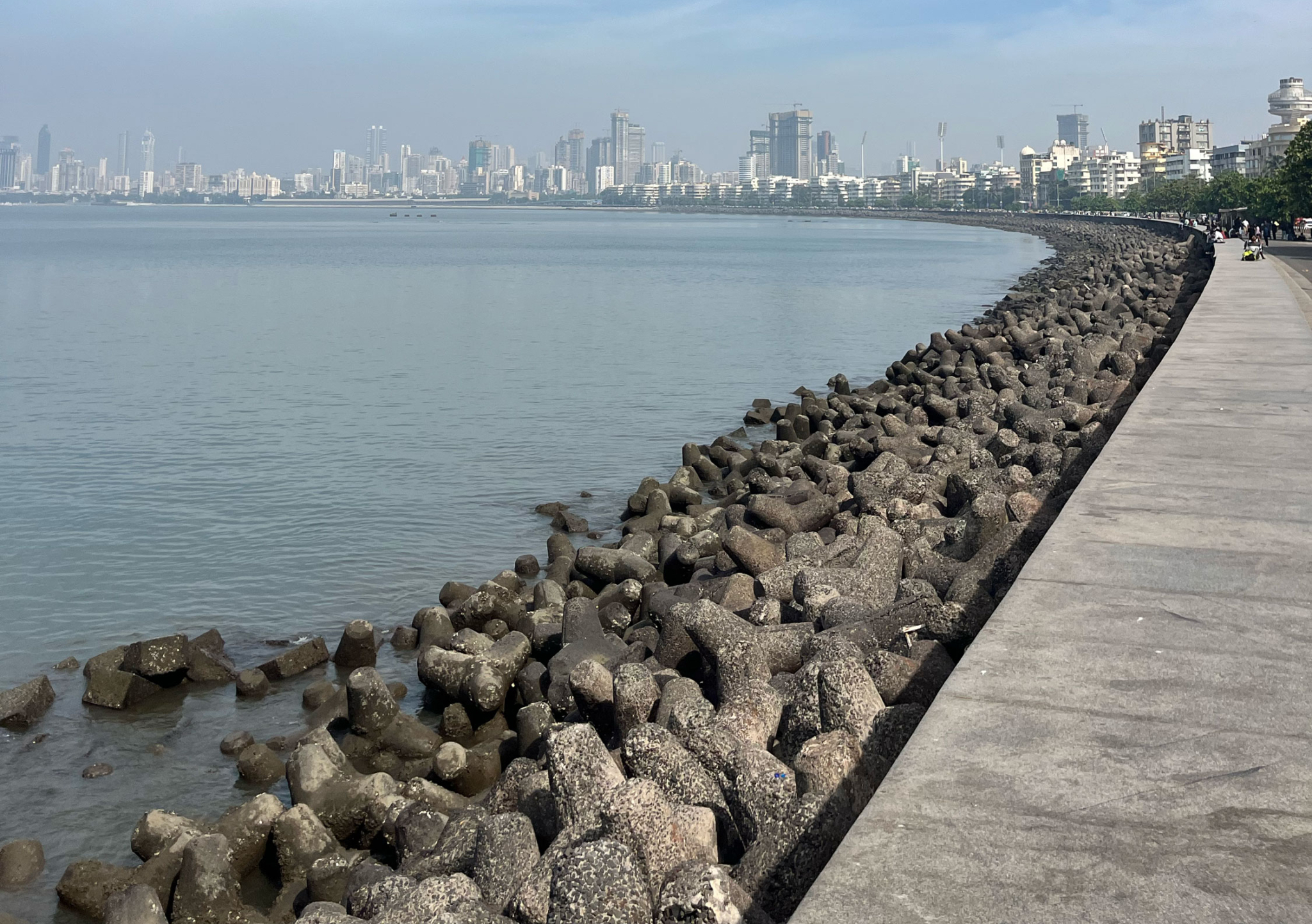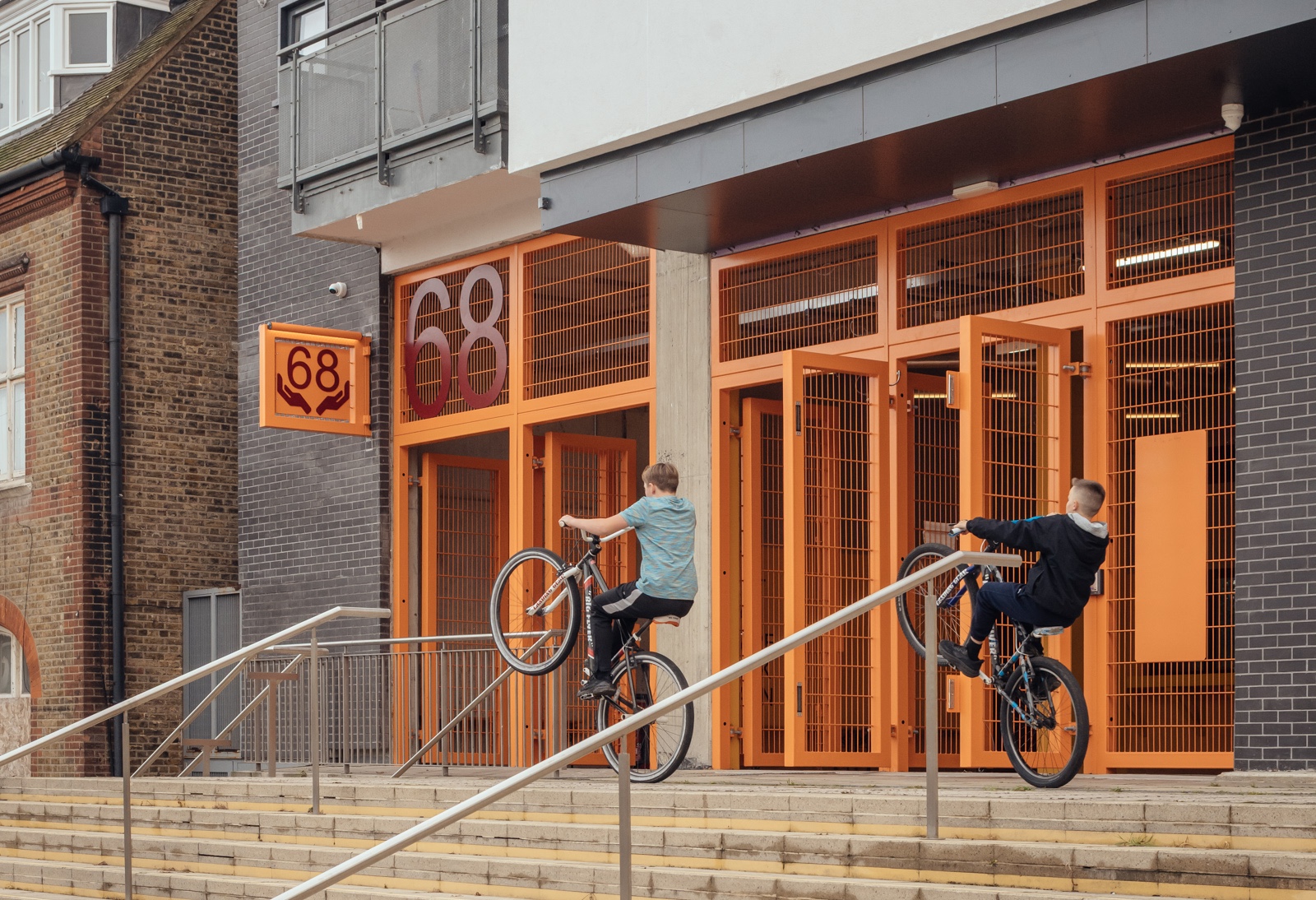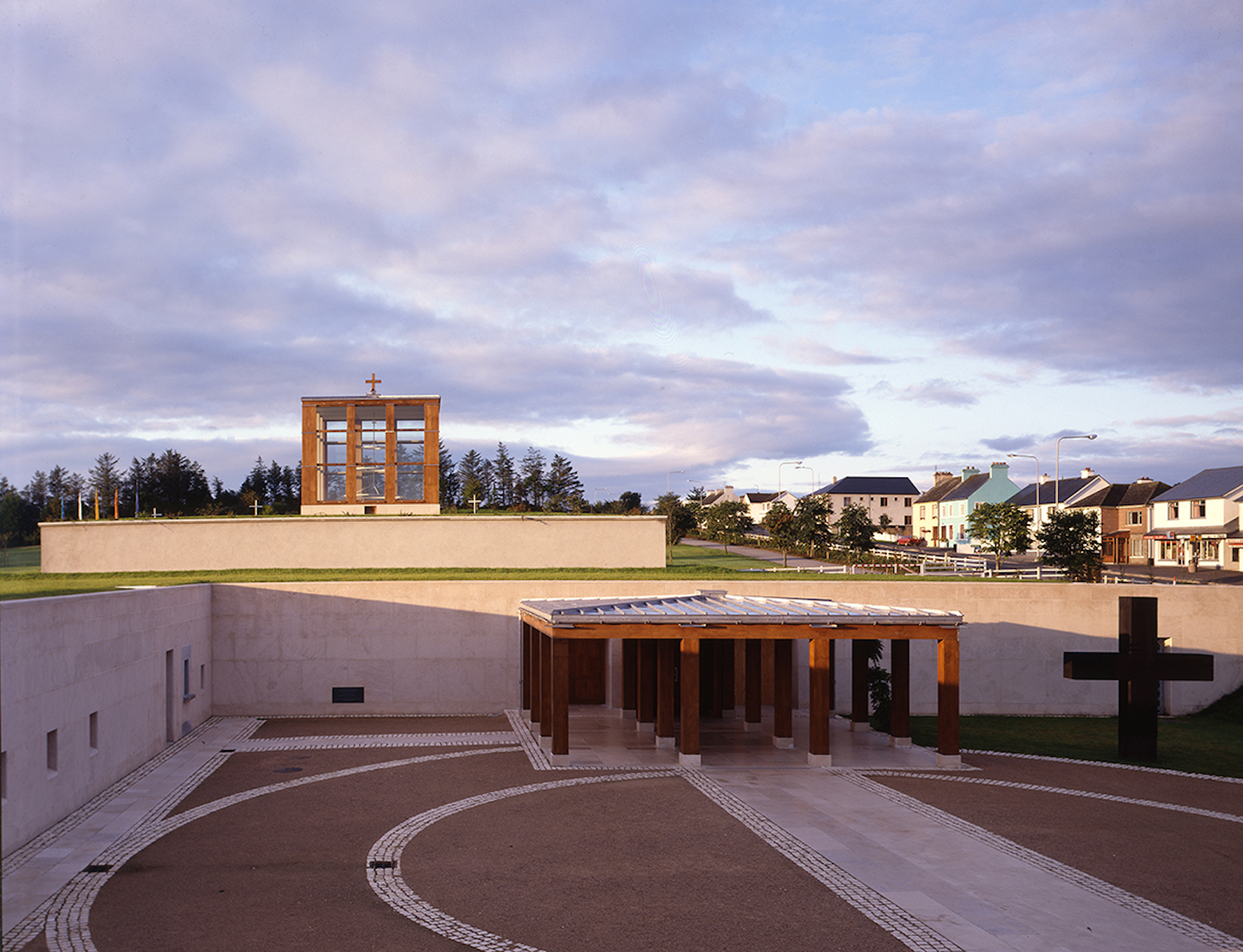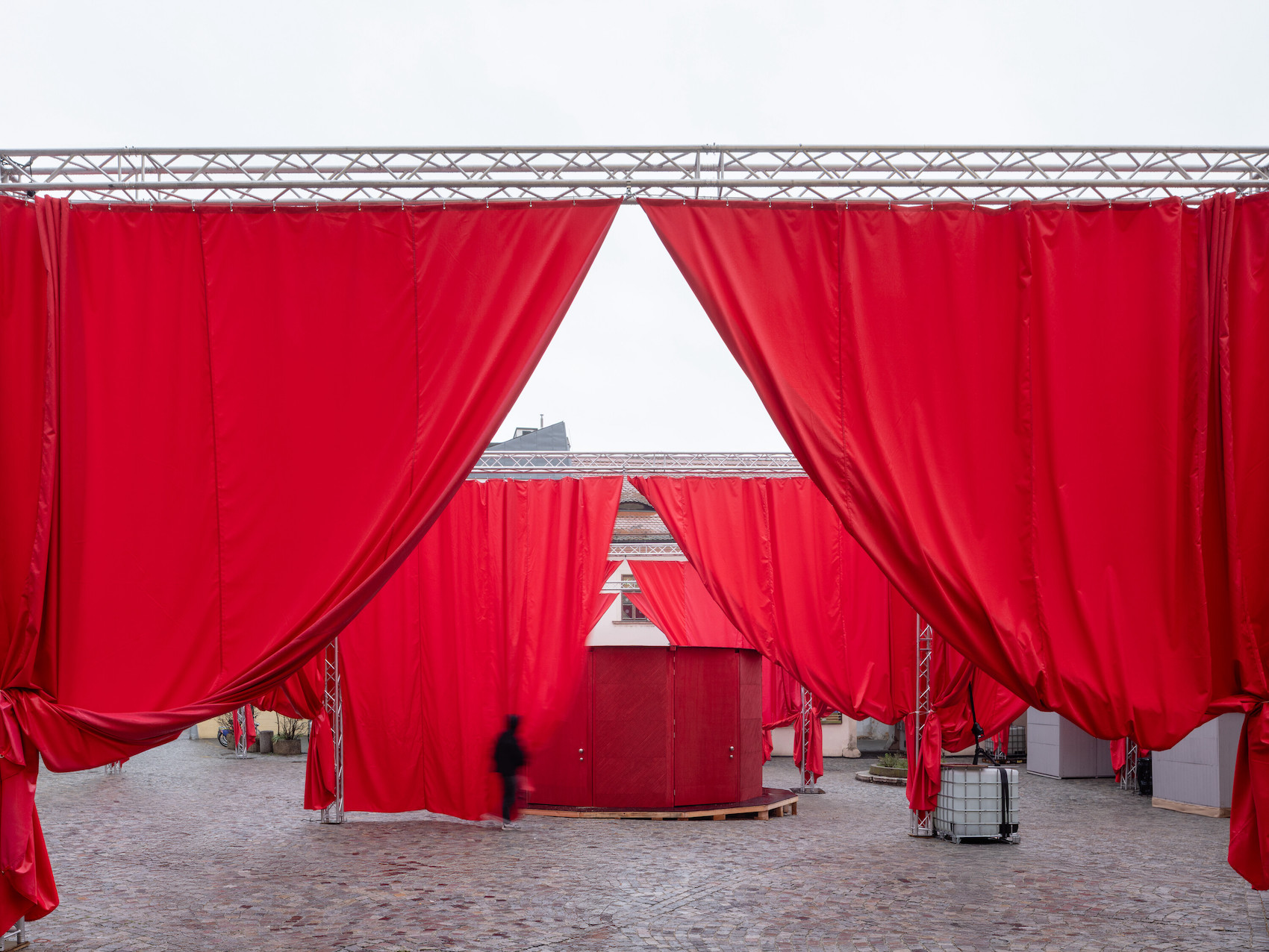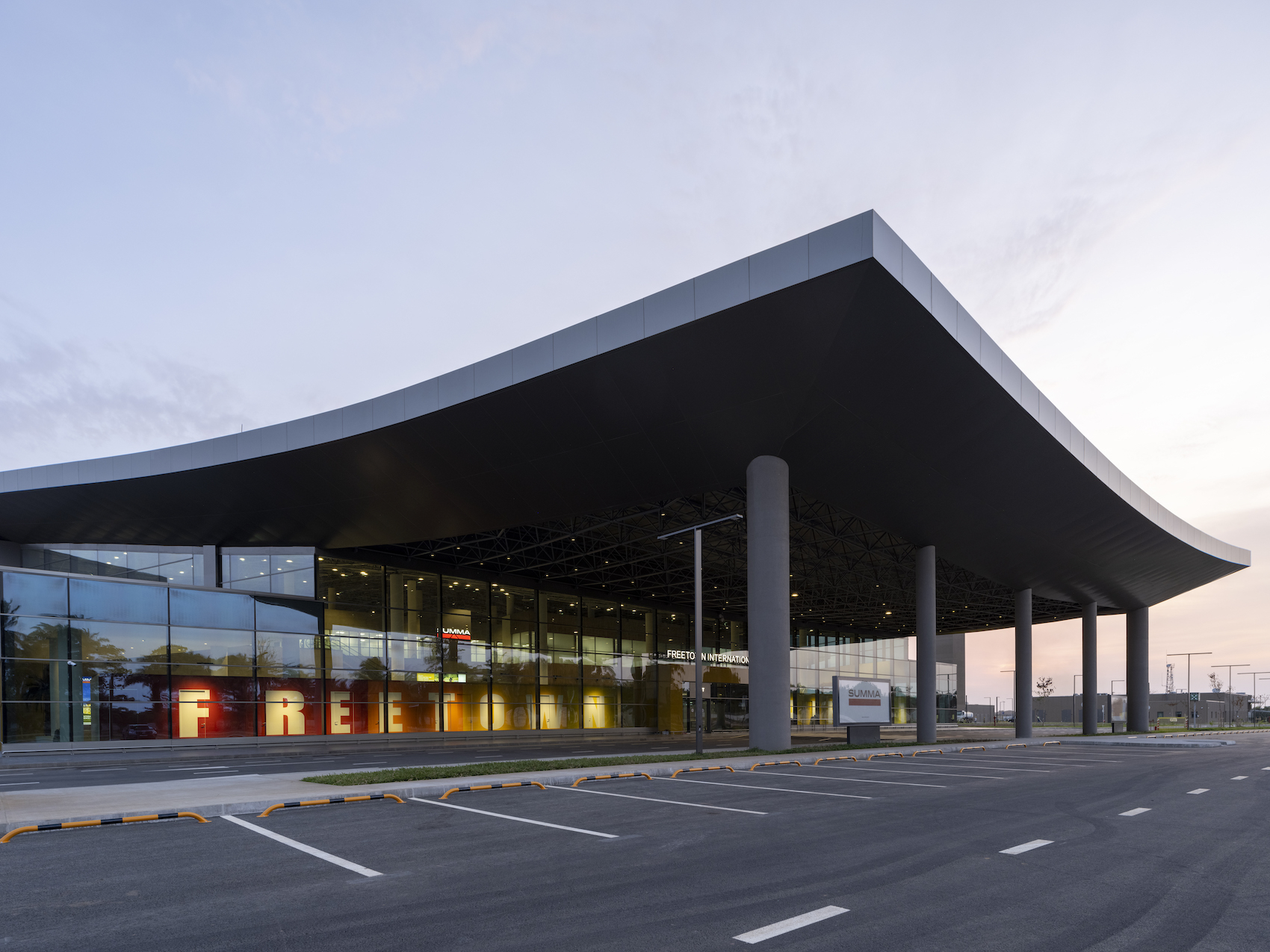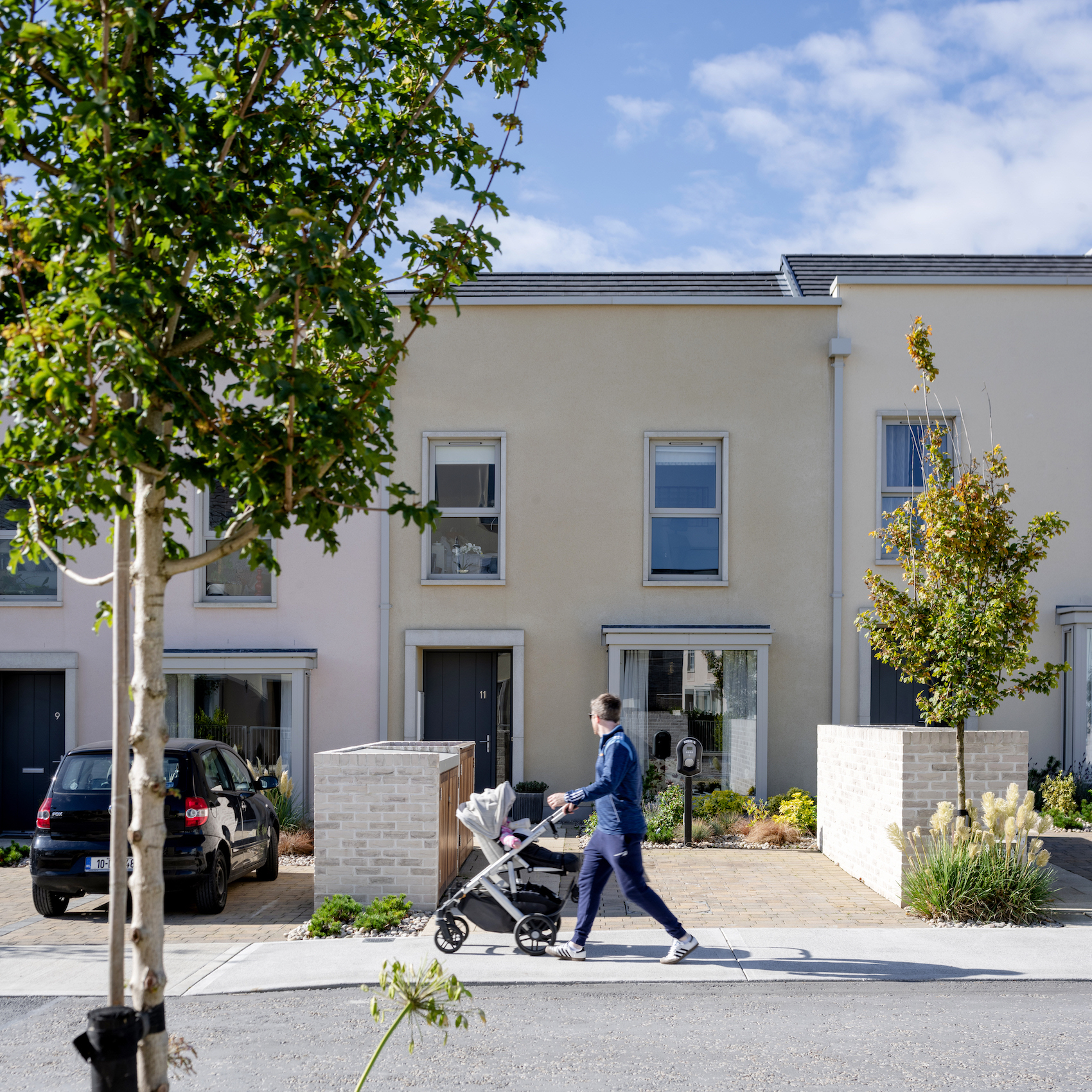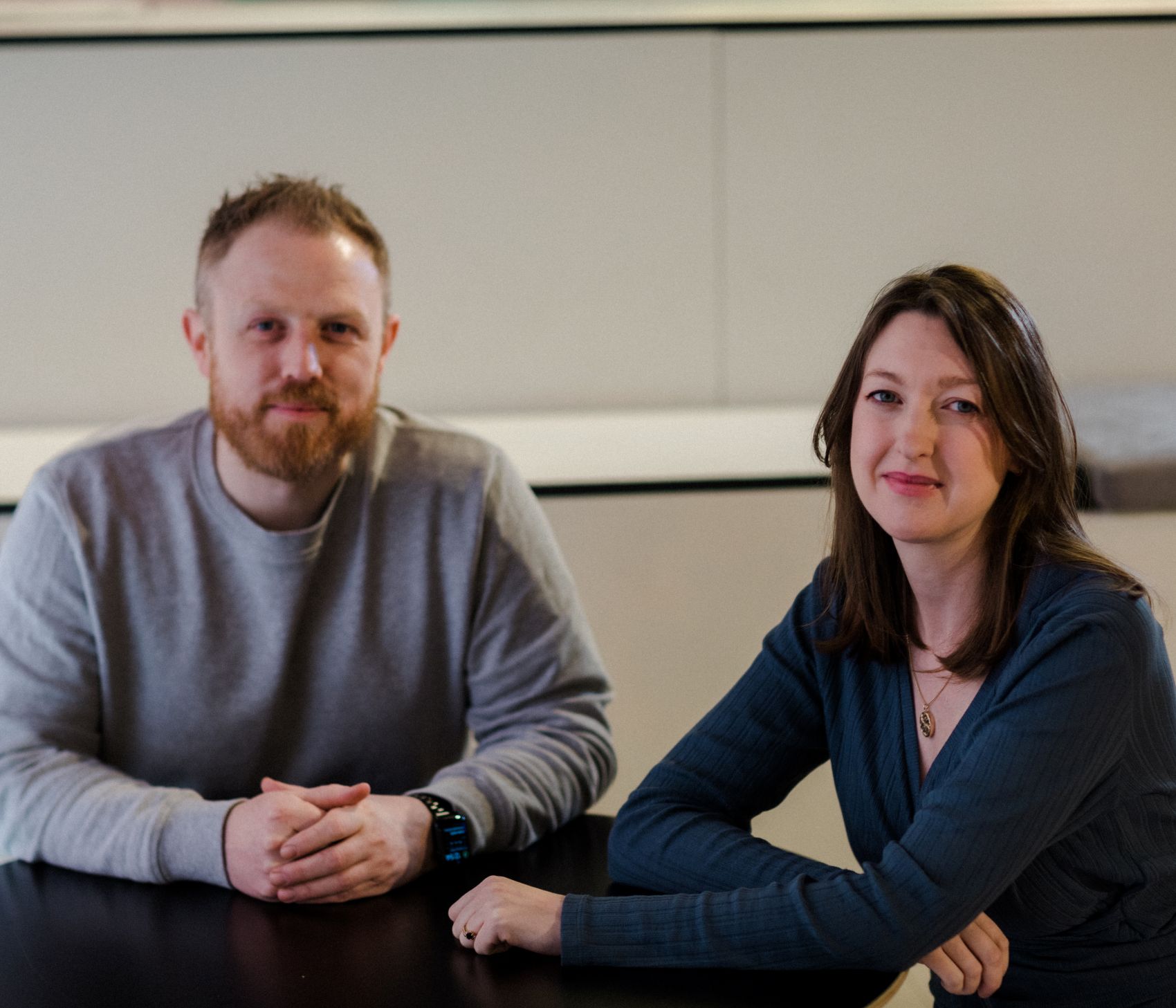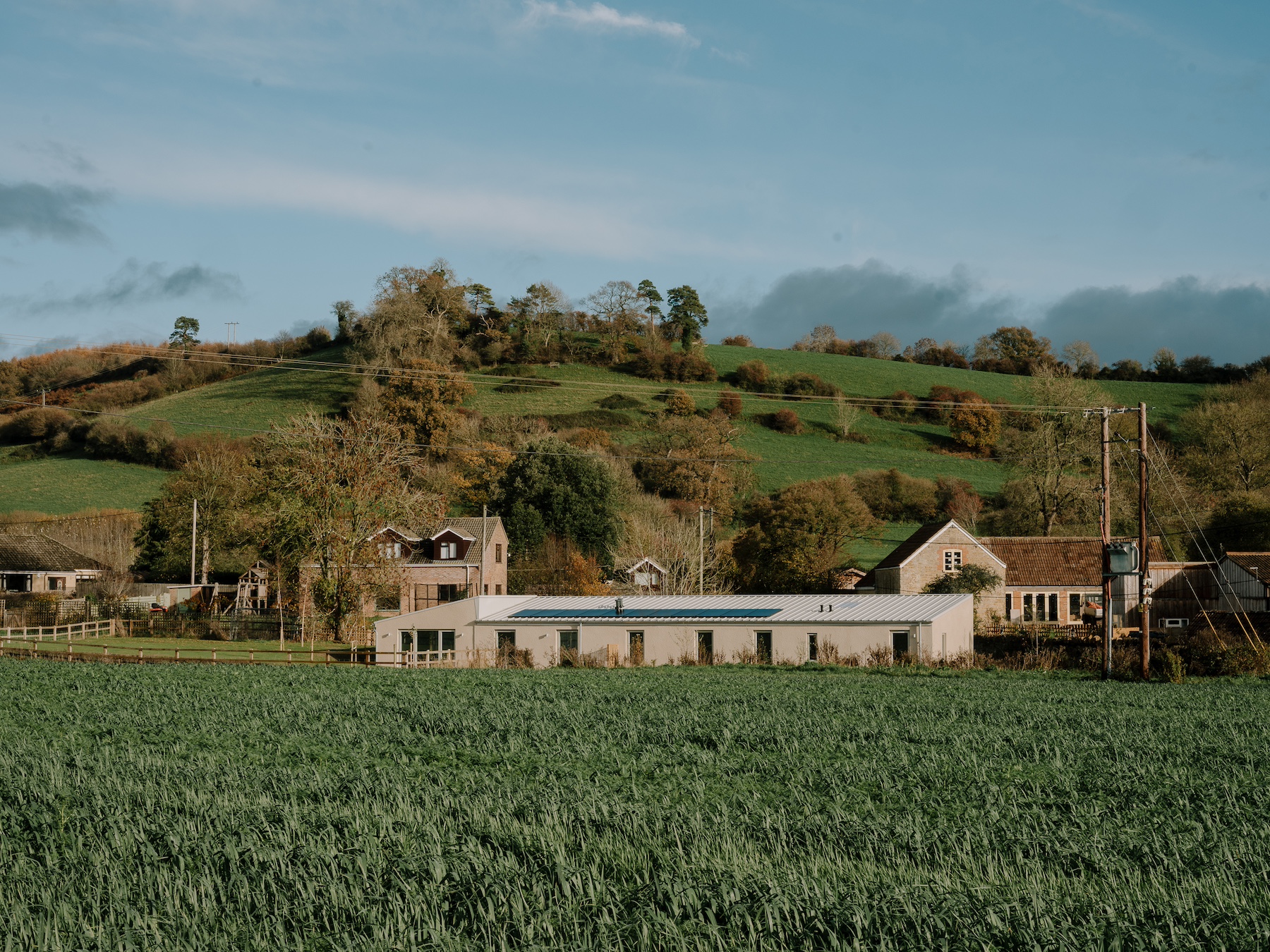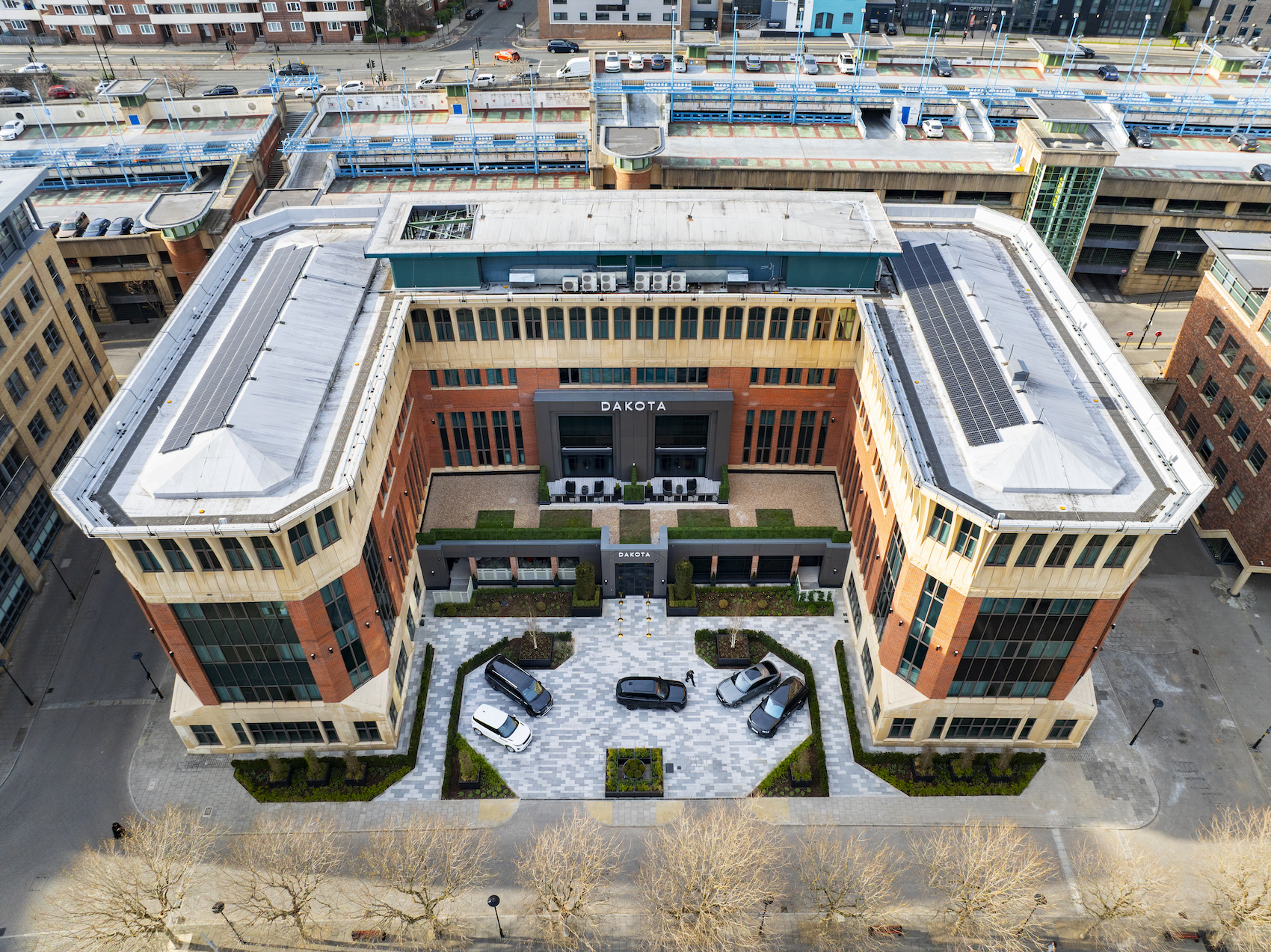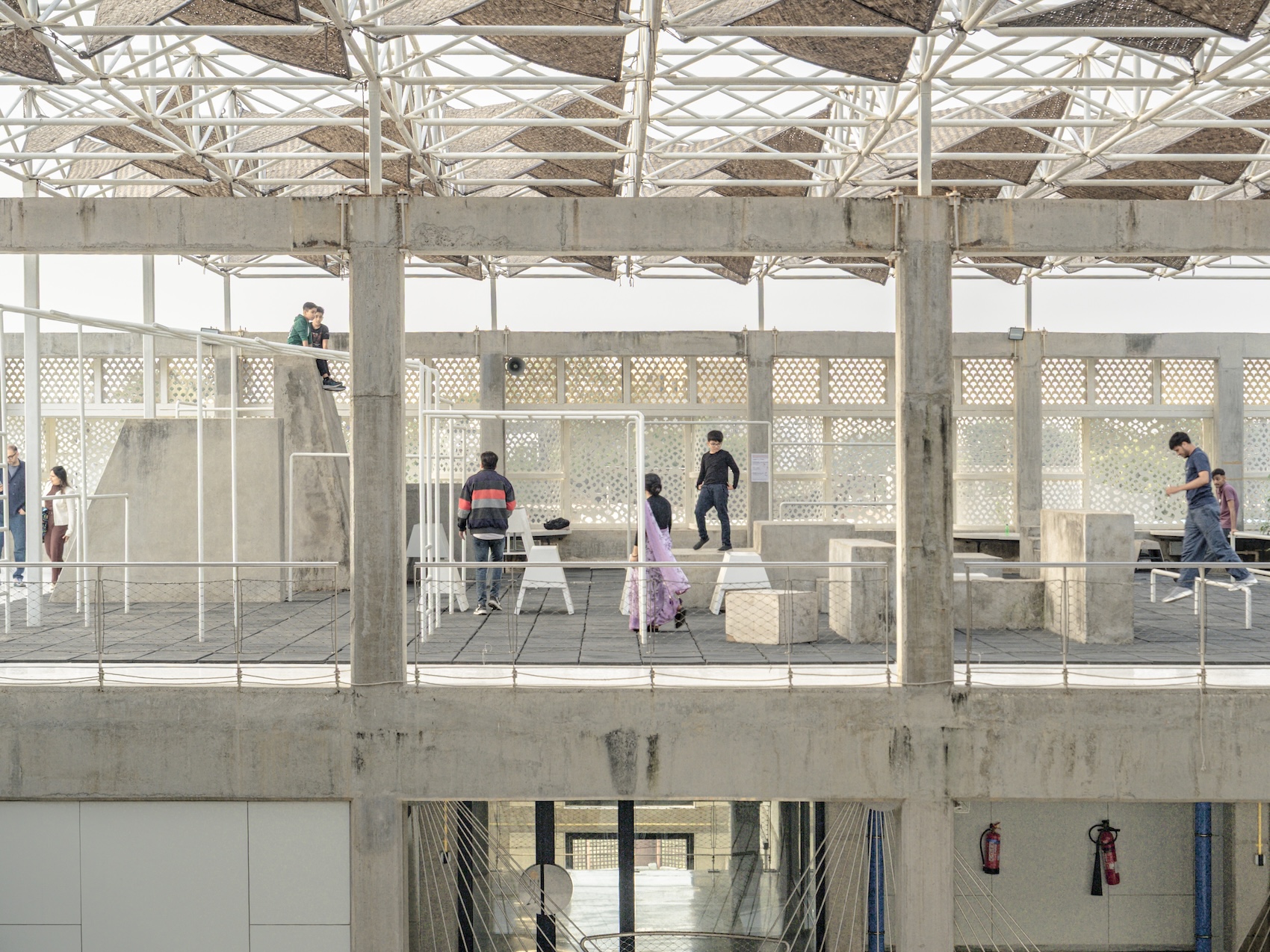The Ray Dolby Centre at the University of Cambridge is a next-generation physics facility designed by Jestico + Whiles for discoveries that are yet to be made. AT speaks to Jude Harris, Director at Jestico + Whiles, about how adaptability, technical precision, and collaboration with scientists shaped a building that not only meets today’s exacting research demands but is engineered to evolve with science for decades to come.
How did you design the Ray Dolby Centre to honour the Cavendish Laboratory’s legacy while enabling future scientific discoveries; balancing cutting edge technical requirements with the flexibility to adapt to unknown research needs over time?
Designing a building for a place as storied as the Cavendish Laboratory was both a privilege and a daunting challenge. With over 150 years of scientific breakthroughs and more than 30 Nobel laureates, we were acutely aware of the responsibility to create a space that could support discoveries yet to be imagined. Working with highly intellectual clients who know their field was both enriching and challenging.
Our approach was rooted in enabling rather than predicting or asserting the right answer. We focused on creating an environment that supports the unknown with spaces that are technically robust, adaptable, and positive working environments. Flexibility was a key driver. We deliberately avoided overly prescriptive layouts, instead designing shell-and-core laboratory spaces that can be tailored to the needs of a particular research group or principal investigator (PI). This adaptability ensures the building remains relevant as research evolves and new PIs arrive with differing research requirements for their laboratories.
From the outset, we knew the building had to meet some of the most demanding technical specifications in the world and that we would have to address several stringent requirements including vibration control, electromagnetic shielding, and environmental stability to integrate ISO 3 cleanrooms and VC-H rated microscopy labs. To address this from both a technical and future-proofing perspective, we designed with modularity and serviceability in mind. The isolated plant buildings, called “CUBs (Central Utility Buildings)”, are structurally isolated from the main research wings, preventing vibration transfer and independent servicing. The plant areas within the CUBs and the ceiling voids have been deliberately designed with spare capacity to enable future adjustments to the servicing requirements within the laboratories.
Locating the CUBs at the end of each research wing allows services to be distributed laterally, avoiding the rigidity of vertical service risers from rooftop plant. This allows labs to be reconfigured, constrained only by column layouts, as research needs change. This flexibility is essential for a building that must support evolving methodologies, technologies and long-term scientific agility.
Designing a building that hopefully enables future scientific breakthroughs has been a great privilege, and we are proud of the improved work environments, grouping of shared research equipment and high performing laboratories that have been provided in the new building. The new laboratory will provide a national facility for physics research and marks a significant improvement on the Department of Physics’ current research laboratories.
Did you have to imagine scientific possibilities that weren’t part of the current brief? How do you plan for the “what if”?
We’re not scientists, and we don’t pretend to predict the future of physics. It is hard enough to understand it! What we can do is create an enabling environment, one that supports the unknown. Our role is to provide a platform where scientific discovery can flourish, whatever form it takes.
Rather than speculating on future breakthroughs, we focused on designing a building that is robust, adaptable, and enjoyable to learn and work in. If the Ray Dolby Centre plays even a small part in enabling the next major discovery, we’ll take pride in knowing we helped create the supportive conditions for it to happen.
This building was developed in close collaboration with the Department of Physics. How did researchers’ aspirations for future science influence your design decisions? Were there any requests from physicists or scientists that pushed you to think beyond the conventions of lab design?
The collaboration with the University of Cambridge Department of Physics was extensive and deeply informative. From the earliest stages, we engaged with researchers to understand their needs – not just for today, but for the future. Their input was precise and often exacting, particularly around vibration sensitivity, data infrastructure, and clean power.
While the brief was grounded in current needs, it was clear that the existing facilities were limiting what researchers could do. Our task was to remove those limitations. In doing so, we had to think beyond conventional lab design by integrating advanced technical systems while maintaining spatial clarity and user comfort.
One key part of the brief was to group together shared facilities. Within the current laboratory different research groups had been using the same types of equipment, often duplicated in multiple labs. By grouping together shared equipment such as cryostats, we were able to address the technical performance requirements in one centralised space but also encourage cross fertilisation and the sharing of ideas across research groups, helping to break down research silos and promote collaboration.
The result is a building that not only meets current scientific demands but also anticipates future ones, through its flexibility, resilience, and thoughtful design.
Scientific discovery is not just technical—it’s also cultural. How does the building promote serendipity, cross-pollination, and informal collaboration between disciplines or research teams?
We designed the Ray Dolby Centre to foster both deliberate and accidental encounters. The building’s layout, with four principal research wings connected by a central “street”, encourages movement and interaction. This street is more than a corridor; it’s a social spine that links courtyards, labs, and communal spaces. Our brief included a requirement for no dead-end corridors, and the circuitous circulation encourages people to circulate through research groups and across floor plates, promoting movement (good for health and wellbeing) and interaction with colleagues and students. The more perfunctory movement corridor facilitates the movement of large items of equipment and lab gases (dewars) around the building.
The public wing at the building’s entrance acts as a shared hub, with a café, exhibition space, and teaching areas. It’s a place where people naturally gather, share ideas, and connect. We’ve already heard from researchers who say they’ve spoken with more colleagues in the first few weeks in the new building than in the previous building – proof that the architecture is doing its job!
These informal interactions are important for academic culture. By designing for openness, light, and movement, we’ve created a space that supports collaboration as much as experimentation.
Additionally, just across the landscaped plaza is the West Hub, another project we designed for the University of Cambridge. While the Ray Dolby Centre is tailored to the specific needs of the Department of Physics, the West Hub was conceived as a deliberately non-departmental, open-access facility. It’s a space that brings together students, the public, researchers, and staff from across disciplines to encourage collaboration between departments that might otherwise remain siloed. We hope that the proximity of West Hub and the Ray Dolby Cente and their shared public space increases the chances of these cross-collaborative opportunities.
In what ways does the Ray Dolby Centre reflect architectural responsibility not just to today’s scientists, but to those 10, 20, or 50 years from now?
Architectural responsibility means designing for longevity, adaptability, and relevance. The Ray Dolby Centre is built to last – not just physically, but functionally. Its robust structure, flexible lab layouts, and modular servicing strategy ensure it can evolve with science.
We don’t expect the fundamental technical requirements to change dramatically, but how they are applied certainly will. By embedding adaptability into the building’s DNA, we’ve given future scientists the tools to reshape their environment as needed.
Ultimately, we hope the building continues to support groundbreaking research for decades to come and that it is remembered as a place that enabled, rather than constrained, scientific progress.
What did this project teach you about designing for scientific advancement?
This project is the culmination of nearly two decades of experience designing complex scientific buildings including the National Graphene Institute in Manchester and The Mountbatten Building in Southampton. It reaffirmed our belief that architecture must be a facilitator, an enabler of science, not an afterthought to it. It also underlines the importance of collaborating with our engineering colleagues in developing structural and services strategies that also support the science, rather than being applied to a pre-conceived architectural solution.
We’ve learned that designing for science means engaging deeply with technical complexity: vibration, electromagnetic shielding, infrasound, gas lines, and more. These aren’t just engineering challenges, they are architectural ones too.
The Ray Dolby Centre taught us that the best scientific buildings are those where architecture and science are in dialogue. It’s not about imposing form but about shaping space to support function while still creating environments that are uplifting, humane, and inspiring.

Jude Harris, Director at Jestico + Whiles
Credits
Client
University of Cambridge
Architect and Lead Consultant
Jestico + Whiles
Main Contractor
Bouygues UK
Executive Architect
NBBJ
Project Manager and Principle Designer
Currie & Brown
Technical Architect
Jacobs
Cost Consultant, Transport Consultant, Masterplanner, Public Realm Landscape Architect
AECOM
Civil, Structures & Vibration Engineer, Fire Consultant, Accoustic Consultant
Ramboll
Civil, Structural Engineer
BDP
Landscape Architect
Plincke
Mechanical & Electrical Engineer, BREEAM Consultant
Hoare Lea
Vibration Consultant
BDP/ISVR
Fire Engineer
RPS
Accessibility Consultant
David Bonnett Associates
Food Service Consultant
Tricon
Lighting Designer
Studio Fractal
Lighting Consultant
BDP


















